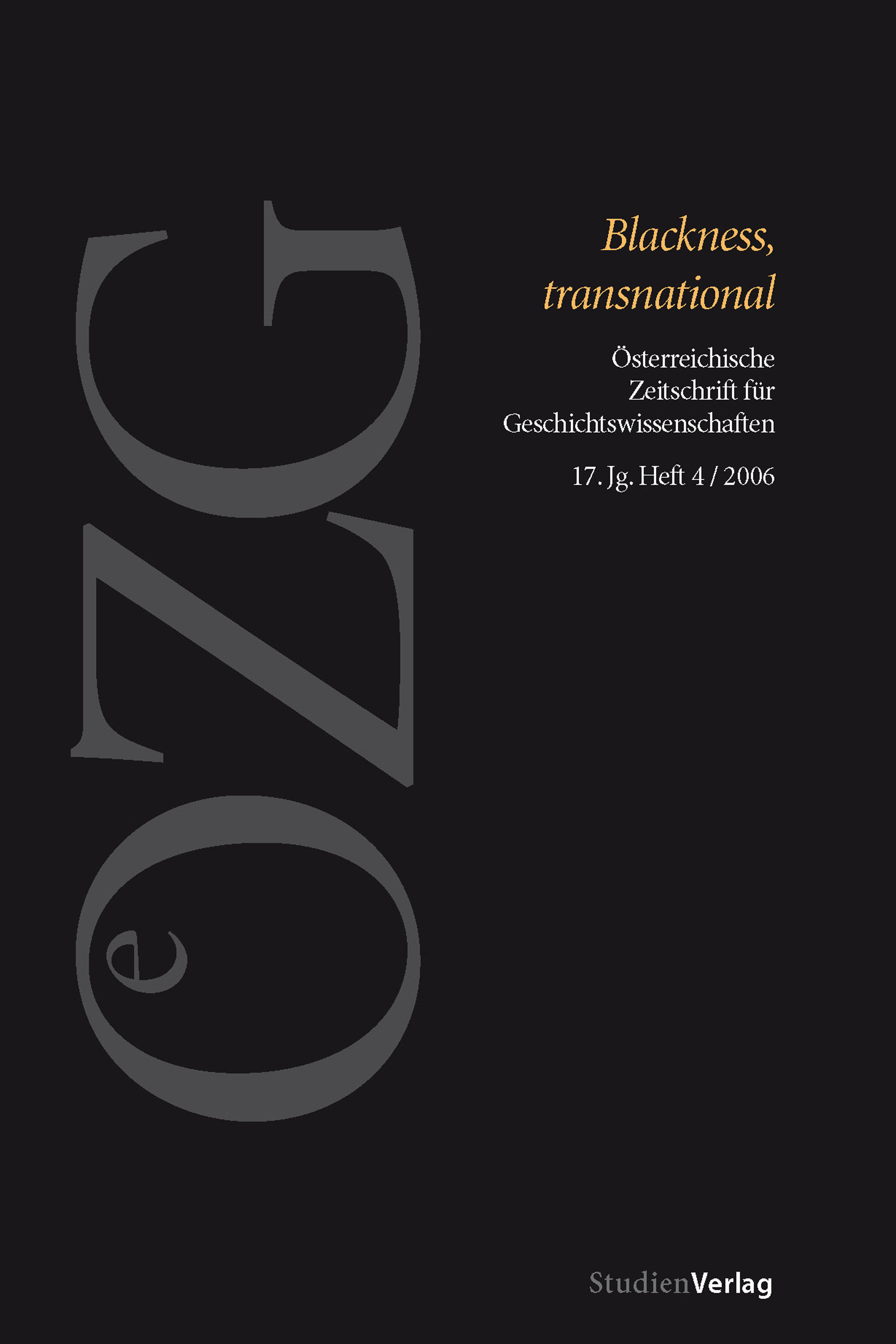»White Negro« und »Negro White«: Mailer, Fassbinder, Sirk, Vian
DOI:
https://doi.org/10.25365/oezg-2006-17-4-3Abstract
By describing the hipsters of the 1950ies as »White Negroes« Norman Mailer created the prototype for the adoption of ›black‹ codes by ›whites‹ and at the same time answered the question as to what is black about ›black culture‹. Mailer resorted to racist stereotypes although he completely reversed their conventional validation. The essay uses Mailer’s »White Negro« as a starting point for questioning the logical conditions of the race discourse. On the basis of Aristotelian logic and Immanuel Kant’s ambivalent race theory, the only characteristics that can be identified as suf- ficiently defining the concept of race are skin color and descent. Consequently, the rejection of the ›essentialization‹ of certain race concepts which is popular in cultural studies must be critically questioned, as all race concepts lack essence. Taking films by Rainer Werner Fassbinder and Douglas Sirk and novels by Boris Vian as examples, the essay attempts to show how the concept of race loses its last evidence upon the emergence of ›Negro Whites‹ and ›White Negroes‹. It also becomes evident that the difference between their being and their physical appearance is not only determined epistemologically, but also by social relations of power with a political, economic and sexual dimension. The frequent substitution of the concept of race by concepts of ethnicity and culture therefore runs the risk of repeating racism that was thought to have been overcome, or of failing to realize the difference between racism and xenophobia.







